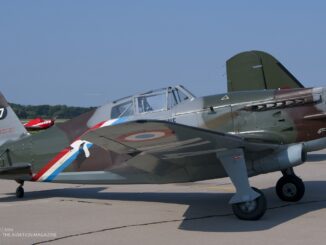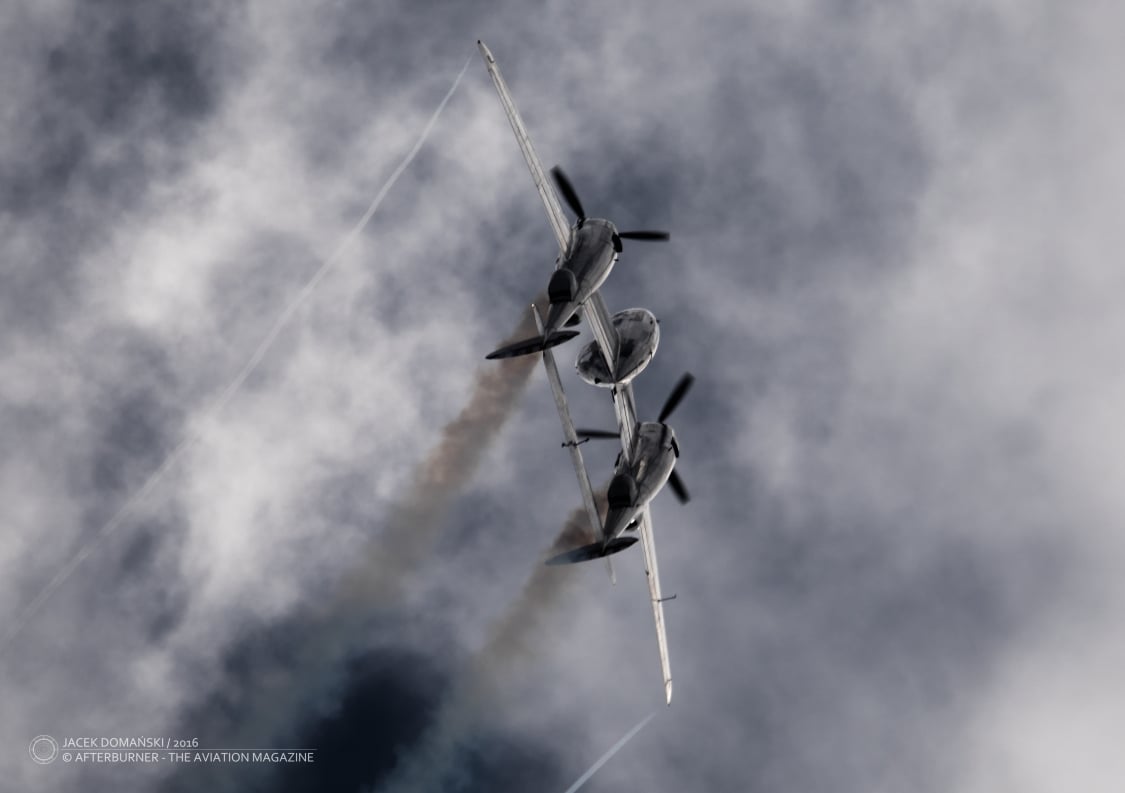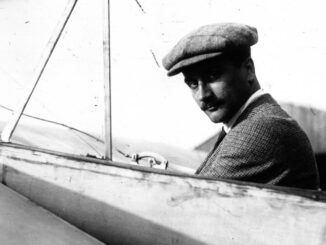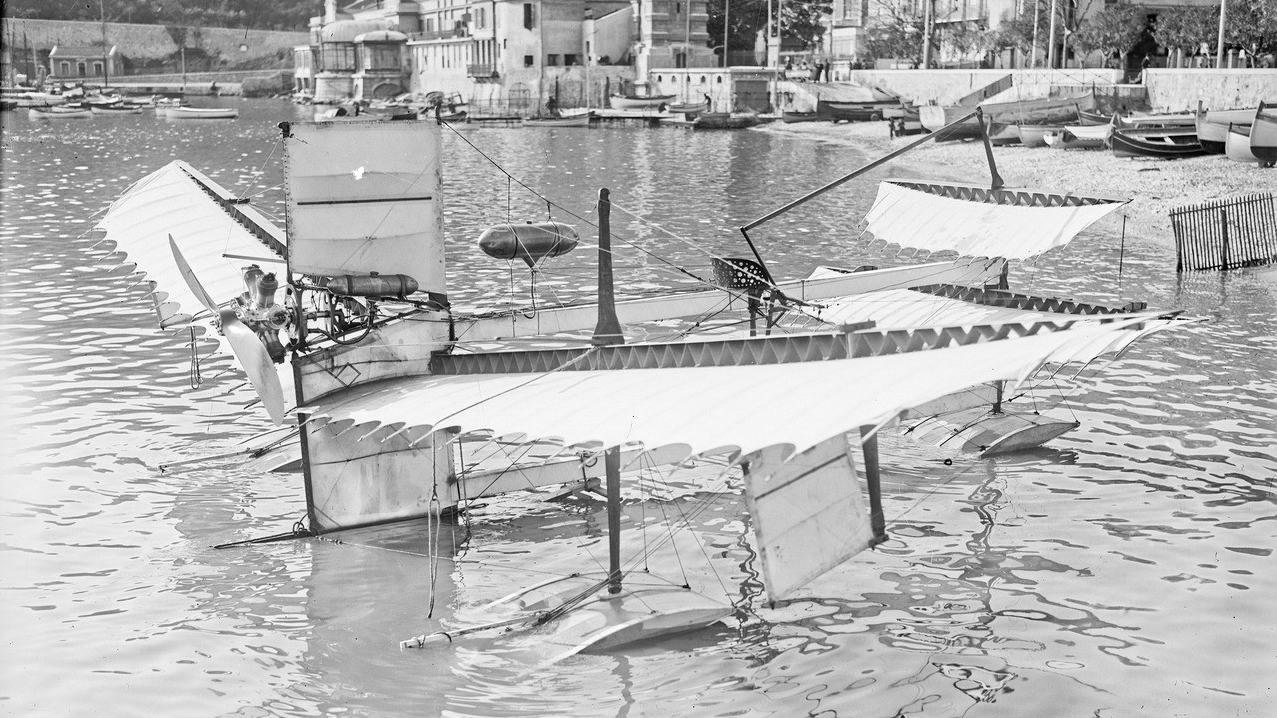 On 28th March 1910, an experimental floatplane developed by Henri Fabre, performed its first flight marking the aviation history with the first successful take-off of a powered, heavier-than-air aircraft from water.
On 28th March 1910, an experimental floatplane developed by Henri Fabre, performed its first flight marking the aviation history with the first successful take-off of a powered, heavier-than-air aircraft from water.
The first floatplane in aviation history, known as Fabre Hydravion (or hydravion Canard/Canard Fabre in French), was developed by Henri Marie Léonce Fabre, the French engineer, industrialist and aviation pioneer.
Fabre was born into a wealthy shipowner family and received a thorough engineering education. Soon after graduating from the prestigious École supérieure d’électricité (Higher School of Electricity), he devoted himself to aviation, with special focus on propellers and floatplanes.
Within a few years, Fabre built his own development team, which included Marius Burdin, former mechanic of the well-known French aviation pioneer Capt. Ferdinand Ferber, and naval architect Léon Sebille. Together, they designed a canard monoplane, equipped with three floats and powered by 50 hp seven-cylinder Gnome Omega rotary engine, mounted in pusher configuration.
On 28th March 1910, the Fabre aircraft performed its maiden flight, taking-off from the waters of Étang de Berre lagoon, on the Mediterranean coast of France.
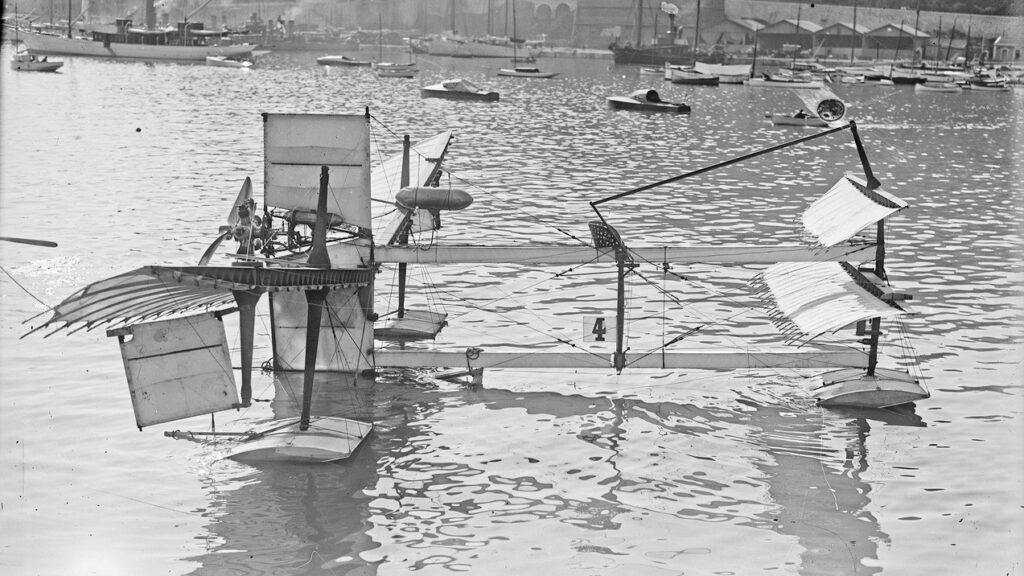
The successful flight of hydravion Canard was witnessed by a large crowd. The aeroplane, piloted by Fabre himself covered a distance of a few hundred metres and then landed on the lagoon waters. Later that day, Fabre performed two more flights with his floatplane and then continued the evaluation flights for approximately one week, finally achieving the flight distance of about 5.6 kilometres.
In April of 1911, the Hydroavion Fabre was showcased at Concours de Canots Automobiles de Monaco (Monaco Motorboat Competition). The aeroplane, flew by Jean Bégue, was pushed by wind into the rocks and crashed. Bégue was not injured and swam to the shore. The aircraft, however, was damaged beyond repair.
After this accident, Fabre gave up on further development of his own aircraft and began to cooperate with other aviation manufacturers, such as Glenn Curtiss and Gabriel Voisin.
Although he did not build any more aeroplanes, Henri Fabre remained active in aeronautical and machine industry until the end of his life. He died in 1984, aged 101, as one of the last pioneers of the early era of aviation.
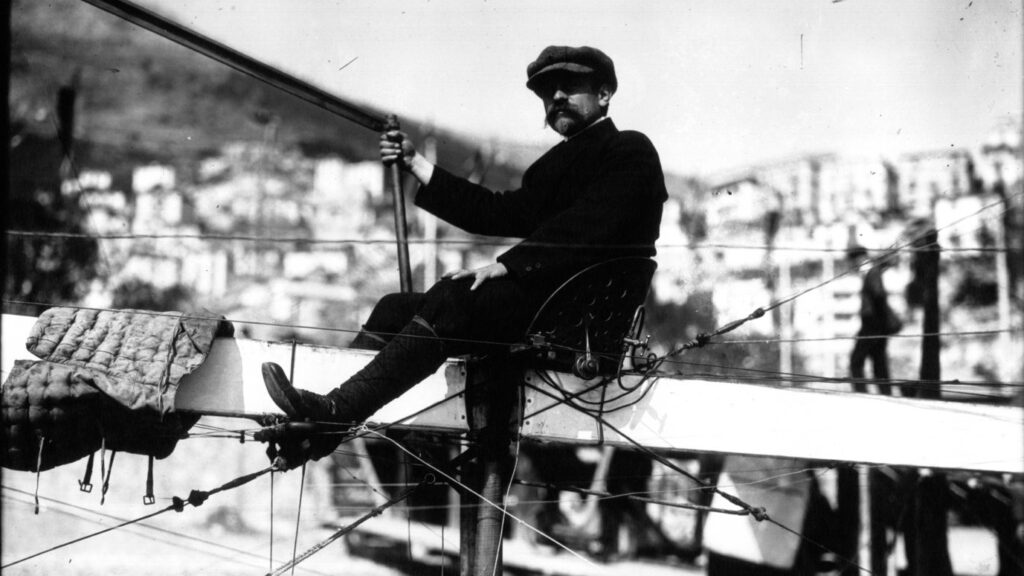
Cover photo: Hydroavion Fabre in Monaco, 1911 (Bibliothèque nationale de France, ark:/12148/btv1b532407354)

